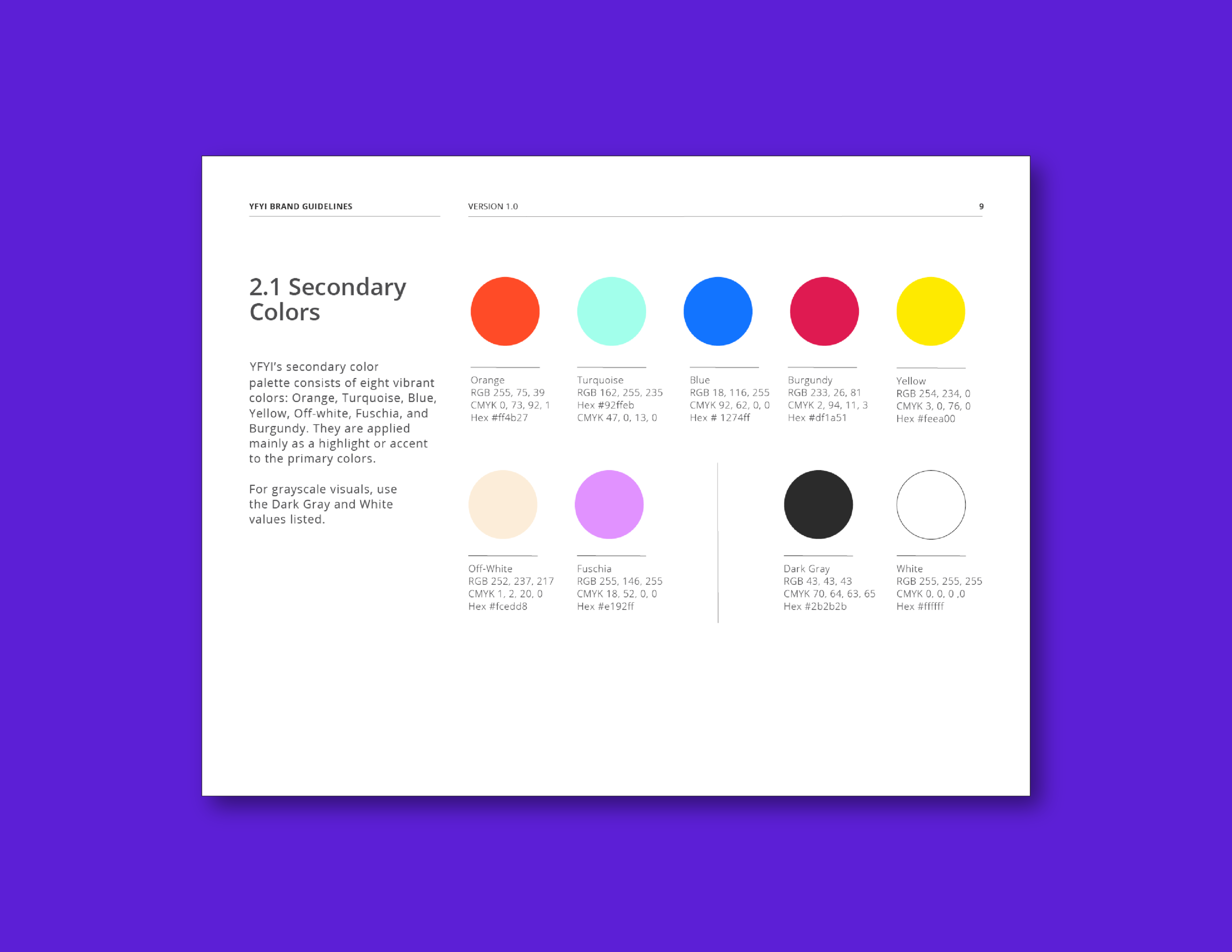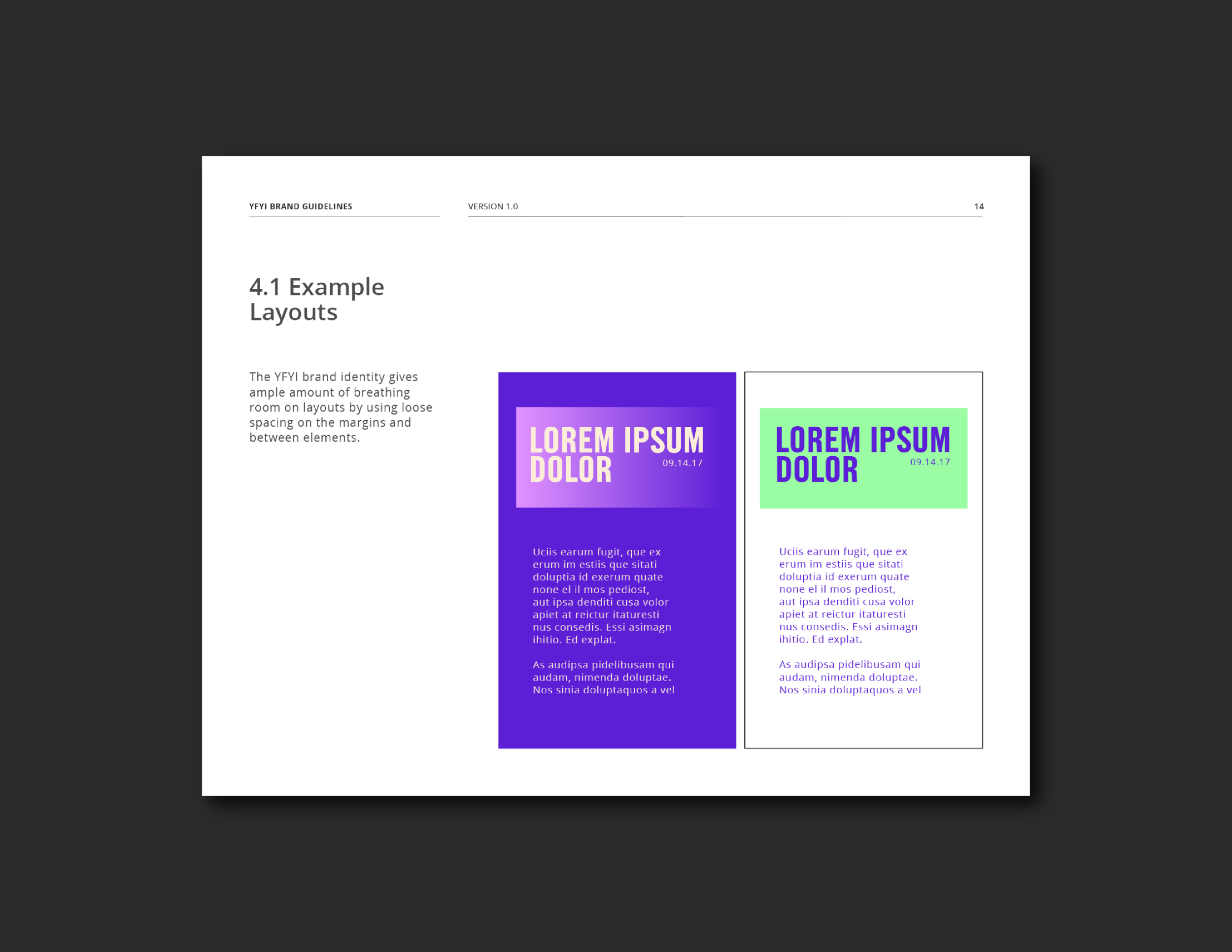So you’ve already identified the foundational elements of your brand and brand strategy. Now, you’re ready to dive in a little deeper. If you’re hoping to create an unforgettable brand, one of the best things you can do is establish a thorough brand identity. Brand identities usually take the form of a brand book — essentially, a document that sets distinct guidelines for maintaining branding across all aspects of the business.
Brand books, also known as brand bibles, are instrumental in helping companies create and maintain a consistent message and presence — and that can pay off in a big way. Consistent branding increases revenue by an average of 33 percent, yet less than 10 percent of companies say their branding is “very consistent.”
Staying consistent takes effort, and even more importantly, it takes guidelines. The exact information included will differ from company to company, but there are some things that all brand identities should have in common — here are a few of the most crucial ones.
1. A Unifying Brand Identity Theme
Your brand identity may contain a lot of different parts, but it should feel like one cohesive unit. That’s why brand identities should always be built around one solid concept or vision. The unifying factor itself can be any number of things — a look, a feel, a vibe — but no matter what, it should be unique and make sense for your business.
Let's say your company offers a customized vitamin product. Maybe after digging into your values and goals, you realize that your mission is all about helping people navigate their health. You could then take this concept of navigation and incorporate it into your brand identity design, maybe by taking a common navigation symbol, like a compass, and using that as the company’s icon.
Whatever you choose as your overarching theme, the key is to make a connection with consumers so you’re able to hold a special place in their hearts and minds.
2. Logo & Usage Guidelines
As the most critical component of your brand identity design, your logo will of course need to be included in your brand book. But this means more than just slapping your logo on a page and calling it a day. Display not only your original logo, but also all of its different color schemes (e.g. full color, grayscale) and lockups (e.g. vertical, horizontal).
Make sure to also create rules around the usage of your logo, such as the minimum size that the logo must be for digital or print and how much clear space is required around the logo to create a buffer between it and any other content that appears alongside it. But just as important as the “dos” are the “don’ts” — for example, don’t flip the logo or alter the proportions.
3. Color Palette
Your brand colors will need to include more than just what appears on your logo. Yes, most brands will have one primary color, but to keep the design on your various marketing materials engaging, you should ideally include a set of secondary colors as well, including some neutrals.
It’s important to remember, too, that not all blacks/grays/shades are the same. If you truly want to maintain consistency, include RGB (digital) and CMYK (print) breakdowns for each of your brand colors listed, as well as your hex code and an identified Pantone swatch.
4. Typography
Typography and all of its components — typeface, kerning, hierarchy, etc. — play an important role in expressing your brand personality. Sans serif typefaces generally evoke a modern look, while serif typefaces have more of a classic feel to it. Usually, brands will include at least two typefaces in their brand books: one for headers, titles, or display typography, and another for body copy. When choosing typefaces, you’ll need to have one that either works well for web design or matches digital typefaces that are similar to your primary one.
Just as you did with your logo, you should include usage guidelines around your typography, including when and where each typeface is used — for example, is the display typography only used for headers, or can it be used in CTA buttons as well?
5. Other Design Elements
Think of any other design elements you’ll need to use (illustration, icon sets, photography, etc.) and provide guidelines around their usage so that they complement the rest of your brand identity. Not only will this help you stay consistent — it will provide direction and clarity for any other future team members or partners that will be creating imagery featuring your brand. When in doubt, more information is better than less. Think about the specifics that you should include so that even someone that’s new to your brand can maintain consistency with what’s been done in the past.
There’s virtually no limit to the other sections you could choose to add to your brand book, such as layouts, messaging, marketing templates, co-branding and social media, to name just a few. What exactly you need to add will become apparent over time, but concrete rules around theme, logos, color, typography and other design elements will provide you with a solid foundation to build on.
And remember, your brand book doesn’t need to be set in stone! It’s a living, breathing document that can be adapted and updated as needed — just make sure to include a sign off at the beginning to keep track of how up-to-date yours is, and who’s been editing it. Refreshing your brand identity design regularly — every three to five years — will help keep your brand relevant and effective, ensuring that your brand evolves as the market does.
Anastasia Salazar Ltd. is an independent design studio for tailored branding and digital designs. Reach out to learn how we can help you fuel growth and maximize your brand’s impact.





